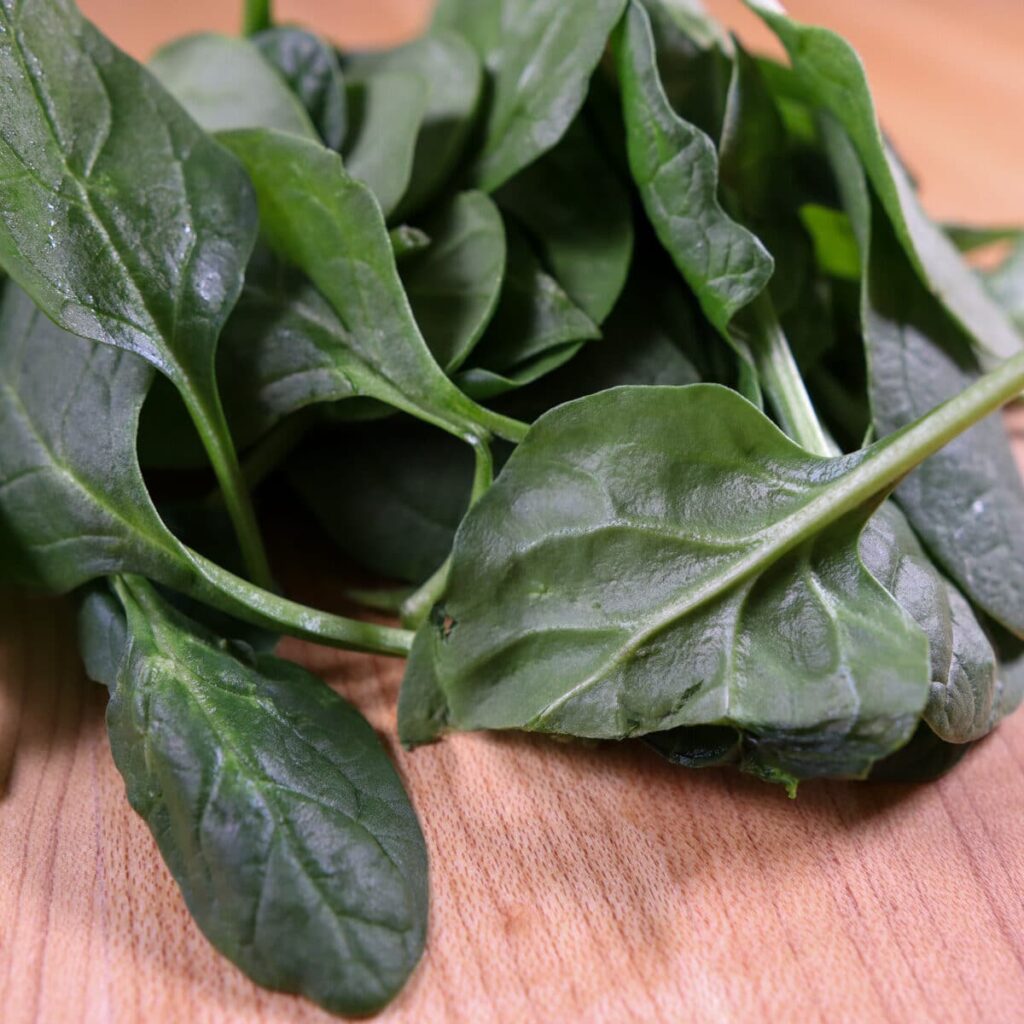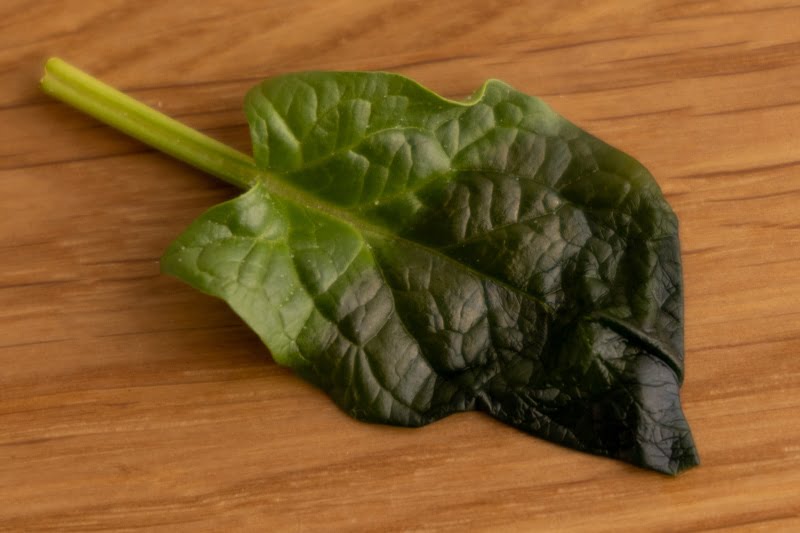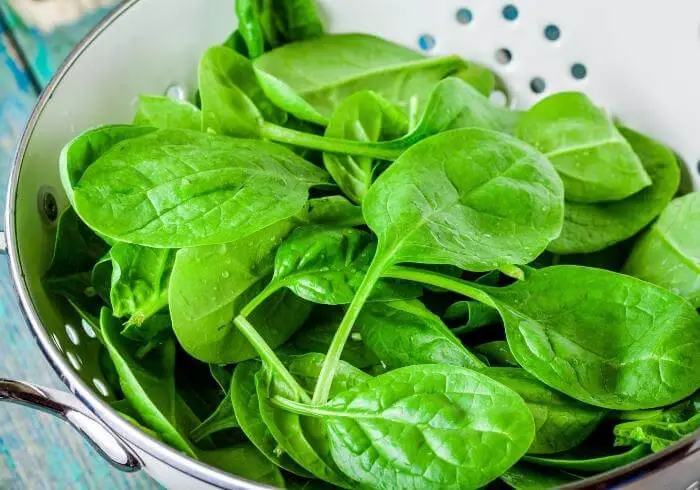So you’ve got a bunch of spinach sitting in your fridge, but you’re not sure if it’s still good to eat. Well, fear not, because in this article, we’re going to show you a foolproof way to determine if your spinach has gone bad just by using your nose. No need to play the guesswork game when it comes to spoiled vegetables – you’ll be able to sniff out any funky odors and know with certainty whether it’s time to toss that wilted green stuff or not. Say goodbye to soggy salads and hello to fresh, vibrant greens!
How to Identify Spoiled Spinach by Smell
As a savvy consumer, it’s important that you can easily identify spoiled spinach to avoid any potential health risks. While there are several visual clues to look out for, the sense of smell can also play a crucial role in determining if spinach has gone bad. In this article, we will guide you through the signs of spoiled spinach, common odors associated with spoiled spinach, factors affecting spinach spoilage, and the step-by-step process to identify spoiled spinach by smell.

Signs of Spoiled Spinach
Before we dive into the olfactory indicators of spoiled spinach, let’s first understand the visual signs to look out for. Fresh spinach leaves should be vibrant green, crisp, and free from any wilting or slimy texture. If you notice any discoloration, such as yellowing or browning, or if the texture feels slimy or sticky, these are clear indications that your spinach may have started to spoil.
Common Odors of Spoiled Spinach
Spoiled spinach often produces unpleasant odors that can give you a clear indication of its freshness. Some of the common odors associated with spoiled spinach include:

1. Moldy Smell
One of the most recognizable odors associated with spoiled spinach is a moldy smell. If you detect a musty or earthy aroma similar to that of damp/moldy basement, it’s a strong indicator that the spinach has reached the point of spoilage. Mold can pose health risks, so it’s best to discard any spinach with this odor.
2. Rotten Egg Smell
Another telltale sign of spoiled spinach is a rotten egg smell. This pungent and sulfurous aroma is a result of bacterial activity, specifically the breakdown of proteins. If you come across this odor when examining your spinach, it’s best to dispose of it immediately.

3. Ammonia-like Smell
Spoiled spinach can sometimes emit an ammonia-like smell. This scent, reminiscent of cleaning products, indicates the presence of harmful bacteria. Consuming spinach with this odor can lead to food poisoning, so it’s crucial to discard it without hesitation.
4. Fermented or Vinegar-like Smell
If your spinach gives off a fermented or vinegar-like smell, it is a clear indication of spoilage. The sweet-sour aroma suggests that the spinach has begun to undergo fermentation, which can be harmful to your health. It’s safest to avoid consuming spinach with this odor.

5. Sour or Putrid Smell
Spoiled spinach may develop a sour or putrid smell, similar to that of spoiled milk or rotten vegetables. This off-putting odor signifies the presence of harmful bacteria and should be a warning sign to discard the spinach immediately.
6. Chemical or Metallic Smell
Unusual chemical or metallic odors emanating from your spinach can be indicative of spoilage. These smells can be associated with the breakdown of chlorophyll and other plant pigments, suggesting that the spinach is past its prime and should not be consumed.

7. Fishy or Fish Sauce Smell
If you detect a fishy or fish sauce-like odor coming from your spinach, it’s likely spoiled. This odor may indicate the presence of bacteria or other contaminants, making the spinach unsafe for consumption.
Factors Affecting Spinach Spoilage
It’s important to note that spinach spoilage can be influenced by various factors, including:
Temperature: Spinach is highly perishable and sensitive to temperature. Exposure to warm temperatures can accelerate its decay, so it is crucial to store it in a cool environment, preferably refrigerated.
Moisture: Excess moisture can lead to the growth of bacteria and mold on spinach leaves, hastening spoilage. Proper handling and storage in a dry environment can prevent this.
Time: Like any perishable food, spinach has a limited shelf life. As time passes, its quality deteriorates, and it becomes more prone to spoilage. It’s best to consume spinach within a few days of purchase for optimal freshness.
Contamination: If spinach comes into contact with bacteria, such as from unwashed hands or unclean surfaces, it can lead to spoilage. Proper hygiene and cleanliness are essential to prevent contamination.
Steps to Identify Spoiled Spinach by Smell
Now that you’re aware of the common odors associated with spoiled spinach and the factors that can contribute to its spoilage, let’s go through the step-by-step process to identify spoiled spinach by smell.
1. Visual Inspection
Begin by visually inspecting the spinach leaves. Look for any discoloration, wilting, or sliminess. If any of these visual signs are present, it’s a good indication that the spinach may be spoiled.
2. Sniff Test
Next, gently pick up a few spinach leaves and bring them close to your nose. Take a deep sniff to assess any noticeable odors. If you detect any of the aforementioned unpleasant smells associated with spoiled spinach, proceed to the next step.
3. Off Odors
If you identify any off odors that are unusual for fresh vegetables, such as a funky or unusual scent, it’s likely that the spinach has spoiled.
4. Moldy Smell
If the spinach emits a musty or moldy odor, similar to that of a damp or moldy basement, it has likely spoiled. Mold can be unsafe to consume, so it’s best to discard the spinach to avoid any health risks.
5. Rotten Egg Smell
The presence of a rotten egg smell is a clear indication that the spinach has gone bad. This odor suggests bacterial activity and should prompt you to dispose of the spinach immediately.
6. Ammonia-like Smell
An ammonia-like smell coming from your spinach signifies the presence of harmful bacteria. Consuming spinach with this odor can lead to food poisoning, so it’s crucial to discard it without hesitation.
7. Fermented or Vinegar-like Smell
Spinach with a fermented or vinegar-like smell indicates spoilage due to fermentation. It’s safest to avoid consuming spinach with this odor to prevent any potential health problems.
8. Sour or Putrid Smell
A sour or putrid odor indicates the presence of harmful bacteria. If your spinach emits this unpleasant smell, it’s best to discard it immediately to avoid foodborne illnesses.
9. Chemical or Metallic Smell
If your spinach has a chemical or metallic odor, it likely indicates spoilage. This smell can be associated with the breakdown of chlorophyll and other plant pigments, suggesting that the spinach is past its prime.
10. Fishy or Fish Sauce Smell
A fishy or fish sauce-like smell coming from your spinach is a clear sign of spoilage. This odor may indicate the presence of bacteria or other contaminants, making the spinach unsafe for consumption.
Conclusion
By familiarizing yourself with the signs of spoiled spinach and the common odors associated with its spoilage, you can ensure that you only consume fresh and safe spinach. Remember to visually inspect the spinach, perform a sniff test, and be cautious of any off or unpleasant smells. Pay attention to factors that can contribute to spinach spoilage, such as temperature, moisture, time, and contamination. With these insights, you can confidently distinguish between fresh and spoiled spinach, promoting both your health and culinary experiences.



